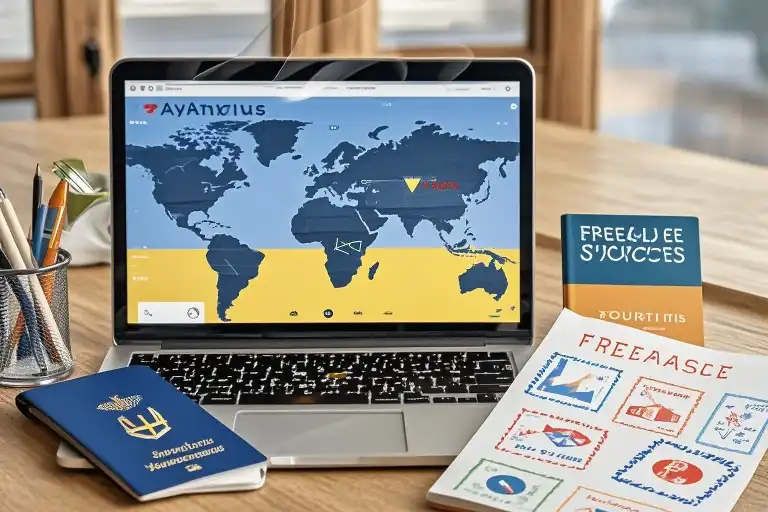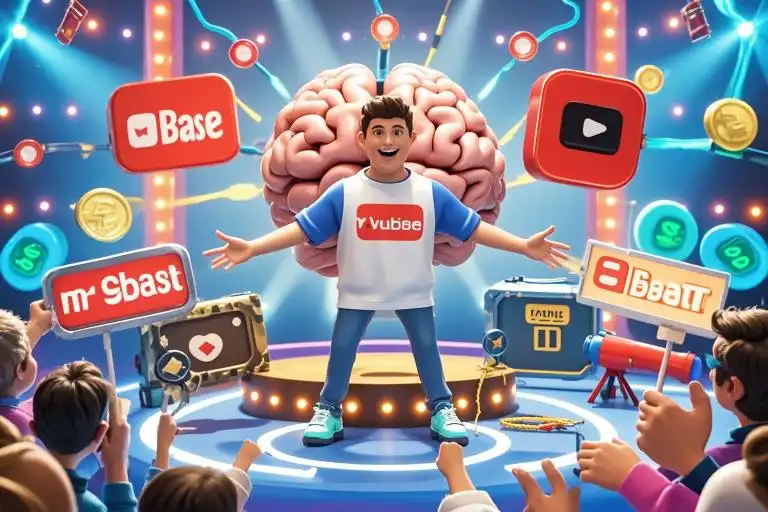Let me confess something: I never planned to become a YouTube mentor for Russian-speaking freelancers. Like most worthwhile journeys, this one began with frustration.
Picture Kyiv in 2019. I’m juggling freelance web analytics projects between café-hopping sessions in Bali and co-working spaces in Mexico City. My inbox? Flooded with variations of: “How do I escape my 9-to-5 like you?!”
Sound familiar? If you’ve ever tried explaining Upwork registration for the 47th time, you’ll understand why I started hitting “record” instead of “reply.” Little did I know those clunky tutorials (“Click here, type this”) would reveal a golden truth about non-English content creation.
When Crisis Meets Opportunity: Building in the Shadows
My channel’s origin story reads like a startup cliché – solve your own problem. Friends of friends needed:
- Step-by-screenstep guides to freelance platforms
- Templates for English client pitches (translated thoughtfully)
- Portfolio-building hacks for non-native speakers
Here’s what surprised me: Russian YouTube had ZERO competition in this niche. While English creators debated “best microphones for YouTubers,” we were literally teaching people how to spell “freelance” correctly in job proposals.
The growth? Painfully slow but steady:
- 2019: 1.2k subs (mostly my annoyed friends)
- 2021: 18k subs (organic Ukrainian/Russian viewers)
- 2022: Silence (war paused everything)
Yet those numbers hide a explosive truth: Every dollar earned in my niche could multiply 5-6x in English markets. But (and it’s a massive BUT)…
The Bittersweet Math of Small Markets
Let’s crunch numbers from my worst-performing video:
- Russian version: 3,200 views → $12 earnings
- Equivalent English content (estimated): 32k+ views → $60-$72
Tempting to switch languages? Absolutely. Dangerous? Even more so.
Here’s what most gurus won’t tell you: Low competition = higher trust. My viewers weren’t just consuming content – they’d message me family photos and job offer screenshots. Try getting that level of loyalty in the oversaturated English “make money online” space!
War, Pivots, and Unplanned Lessons
When Russia invaded Ukraine, creating cheerful freelancing tutorials felt…wrong. For two months, I couldn’t open my camera app without crying.
But here’s the twist: My audience became my support system. Those same viewers I’d taught to write “Please find attached” emails started sharing:
- Remote job leads for displaced Ukrainians
- Free accommodation offers worldwide
- Crowdfunding campaigns for local NGOs
It taught me something vital: Content in underserved languages builds communities, not just audiences.
Your Blueprint for Crossing Language Borders
Want to test if your niche has hidden global potential? Try this:
- Identify the “Google Translate Gaps”
- Are viewers machine-translating English tutorials?
- Check comments for “How to say [term] in [language]?”
- Leverage the Underdog Advantage
- My Ukrainian viewers trusted me because of my accent
- Share culture-specific examples (e.g., explaining “IRS” to Russians)
- Test the Waters with Subtitles
- My top-performing video? A Russian tutorial with Portuguese subtitles requested by a Brazilian viewer!
- Partner with Language-Local Mentors
- I now co-create content with an English coach to bridge phrasing gaps
The Bittersweet Truth About Going Global
Today, my channel stands at 23k subscribers – modest by YouTube standards, but a lifeline for thousands navigating freelance work amid blackouts and bomb shelters.
Will I switch to English? Possibly. But I’ll always maintain that messy, heartfelt Russian playlist. Because sometimes, the most powerful content grows where the crowd isn’t looking.
Your turn: What untapped language community needs your voice?


